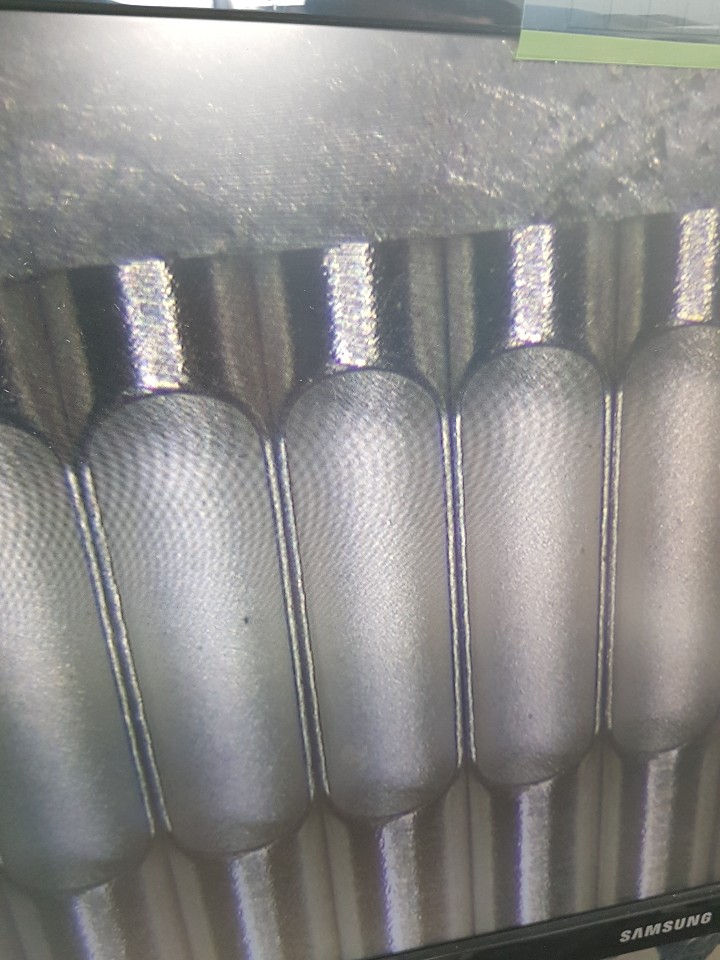News
What is Dry Ice Cleaning?
Writer케이엠텍 Date2023-08-09 Views650
- When dry ice pellets (3mm) with a hardness of 2 Mohs are sprayed at 5 atmospheres, they collide with foreign substances at speeds of approximately 300~800m/s.
- Rapid freezing at ultra-low temperatures causes a thermal shock due to the temperature difference between the cleaning target and the pellets.
- Shrinkage and cracking occur repeatedly due to the coefficient of thermal expansion of the foreign substances on the substrate being exceeded.
- The properties of the dry ice that has penetrated into the cracks cause it to expand by 800 times in volume.
- Dry ice cleaning is done without moisture, making it hygienic, and it doesn’t generate waste or wastewater that could cause contamination.
- In the case of molds, reconfigurations are not necessary after cleaning; the equipment can be directly sprayed without requiring re-setting.

